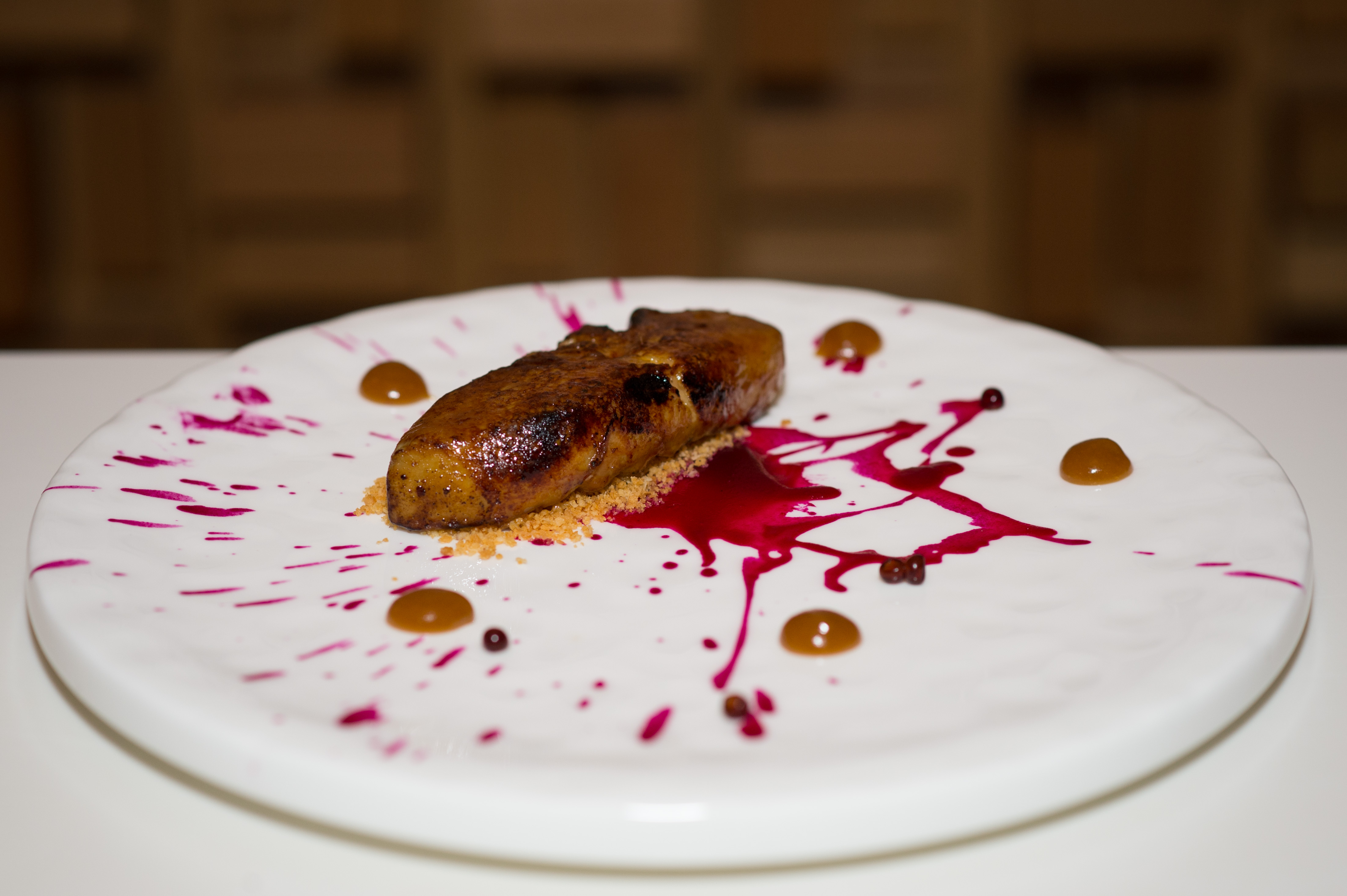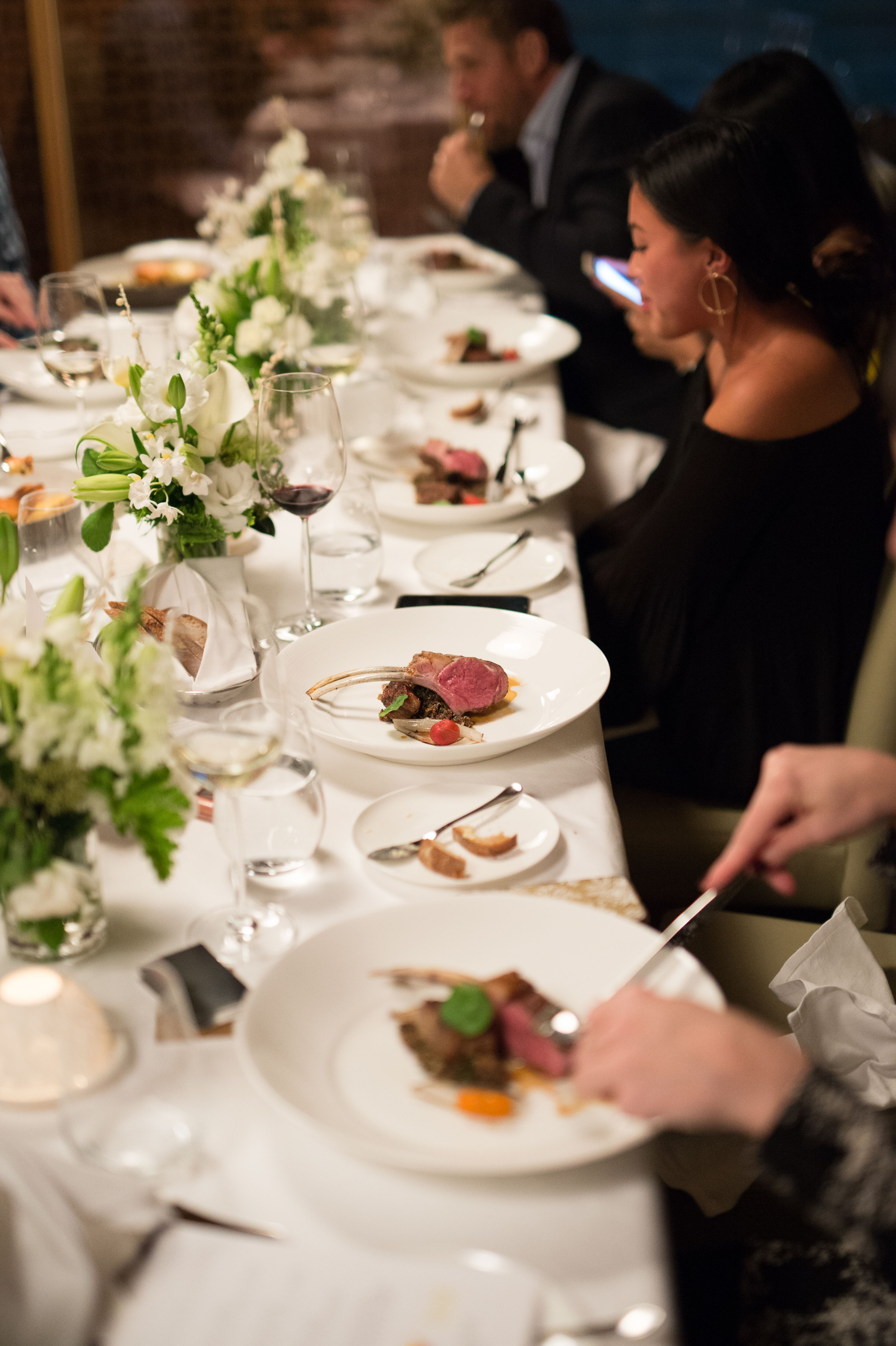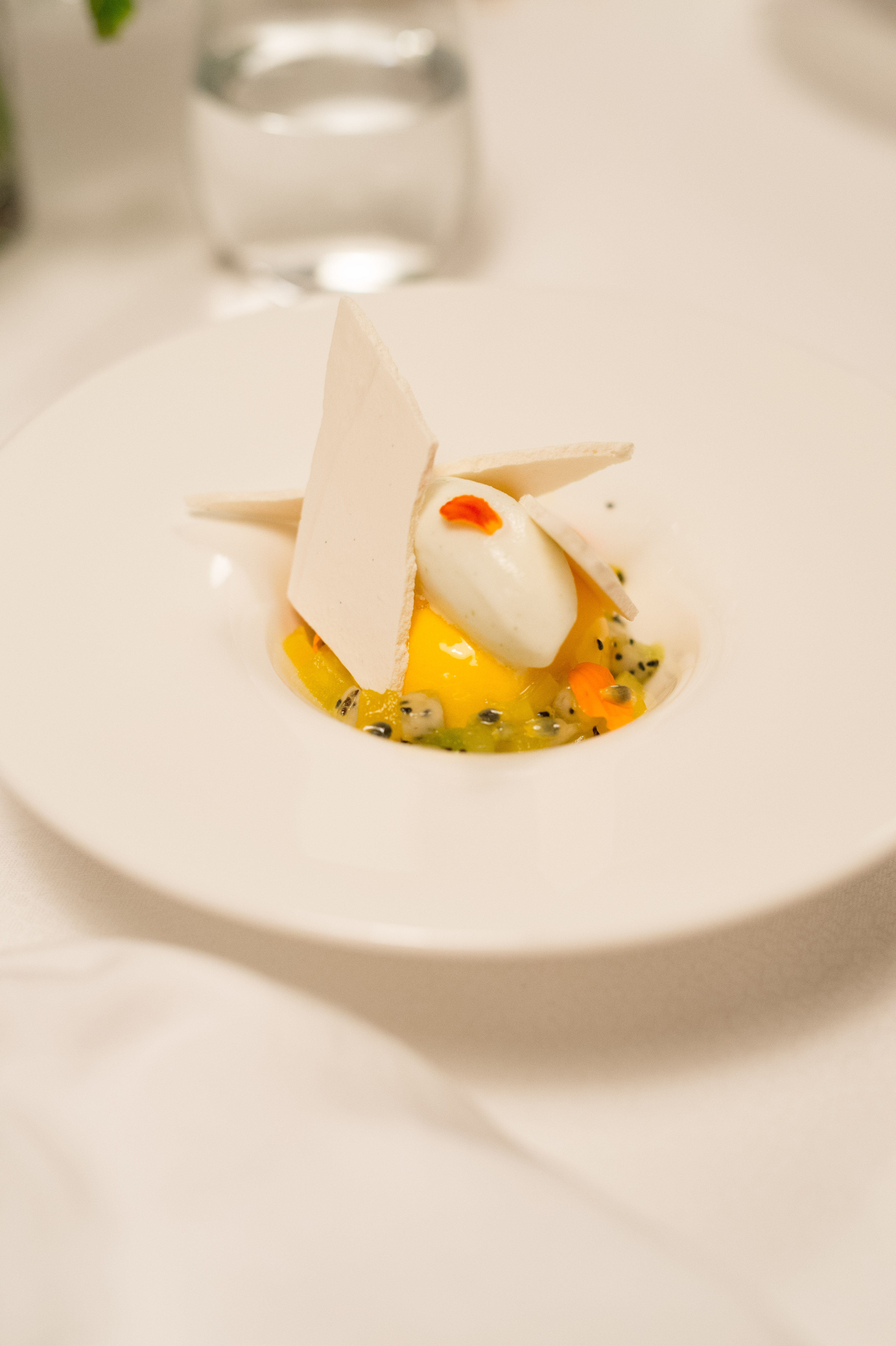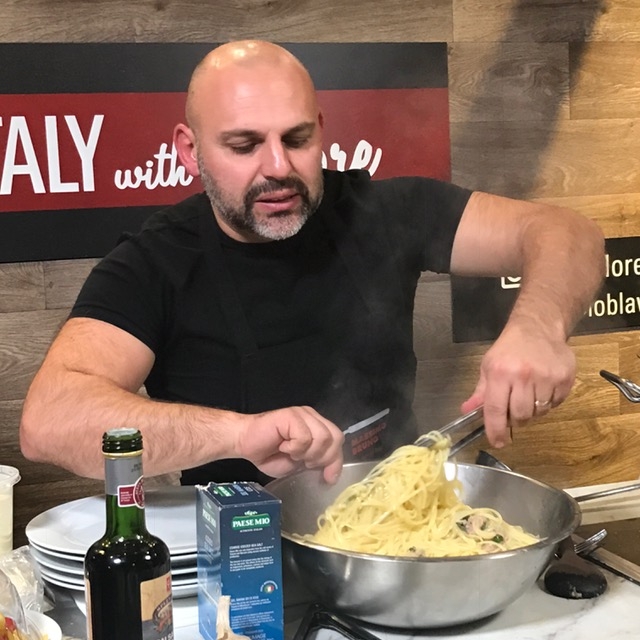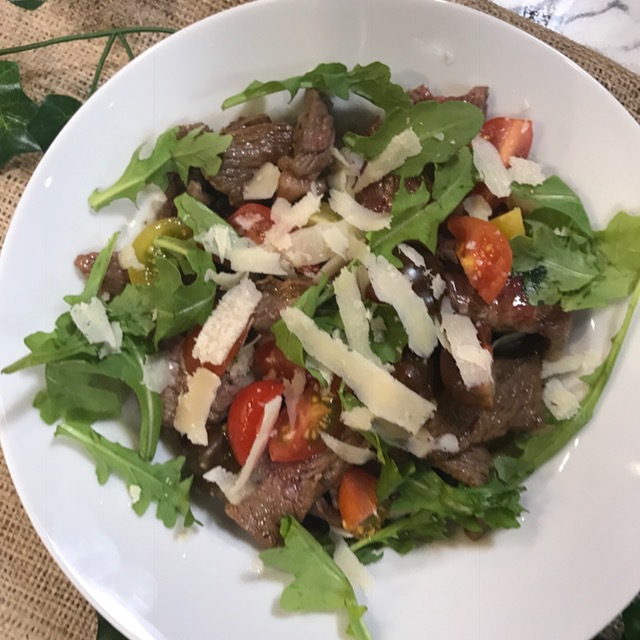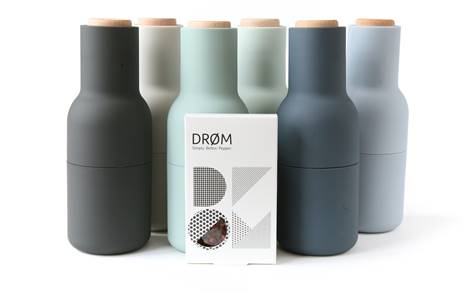Travel Swellness: Curtis Stone’s top 7 things to do in Australia
I had a date with Curtis Stone last month.
Alright…it was actually a Tourism Australia dinner, and Curtis is an ambassador with them. You may know Curtis from his cooking shows. To be totally honest, I know much less about Curtis Stone than I do other chefs (I’ve seen a few episodes of his shows in the past and I remember he was on Celebrity Apprentice, but I don’t think I’ve ever tried any of his recipes and I don’t own any of his cookbooks). What I do know, though, is that he’s married to Lindsay Price, who was on Beverly Hills, 90210, which is basically one of my fave shows ever.
So when I was introduced to him before dinner, I told him that his wife was on my favourite show (yes, I was that fangirl), and he said, “Let me guess, Lipstick Jungle.” Huh. Nope, I told him 90210 (which he admitted he’d never seen when he first met Lindsay; he’s since seen the show — I should hope so!).
I ended up getting to sit beside Curtis through two whole courses, and what a cool, gracious guy. We talked about fitness, and I asked if he surfs much now living in L.A., and he said he doesn’t have much time to, but gets in the water about four or five times a year. I also asked him about what his guilty food pleasure is, and he loves tacos. And being in L.A., he said there’s tons of great taco trucks (and he couldn’t name one favourite as he loves them all).
He was there, of course, to chat about Australia, which was long been high on my travel wish list. Here’s a to-do list of what are essentials when you visit Australia based on what Curtis chatted with us all about that night.
1. Indulge in fresh tropical fruit. “We have a variety of climates at home, tropical, subtropical, dry heat, some with limited rain, some crazy rain, cooler climates as well. Which will tell you what will grow. And we as a country grow some 50 varieties of mango…we’re more a part of southeast Asia geographically and we can grow all sorts of tropical fruits and that’s probably what I miss more than anything else.”
2. Get fish and chips and eat it on the beach. “The thing I have every time I’m home is fish and chips because we have the most fantastic fish and chips. And when you try to explain to someone overseas it sounds a bit strange, right” ‘Well, we have flake, well, that’s shark. Deep fried in batter, and potato cakes, but that’s regionality; if you’re from Melbourne, it’s potato cakes, and if from New South Wales, it’s potato scallops. There’a s variety of other seafoods and chips. For me it’s something we’d have every Friday night at home growing up. Later in life, it’s something I’d sit on a beach with a girlfriend or buddy and eat fish and chips, so that’s what I have every time I go back.”
3. Try some native foods prepared in a modern way. “Most gastro forward restaurants like Vue de Monde or like Attica, they take indigenous ingredients and apply sophisticated, whimsical techniques to them. I was recently at Vue de Monde and had wallaby raw, served on a salt rock from Mary River, very out there kind of ideas. It wasn’t that dissimilar to carpaccio of beef. I ate magpie goose really slowly cooked at Attica, and you wouldn’t have seen that here because they don’t exist here, and truly when I was a kid I wouldn’t think of eating those animals either. It wasn’t something we did, but these days we are getting more adventurous.”
4. Visit his fave city, Melbourne, and also Sydney. “That’s where I lived. Melbournians have a way of being very very patriotic. I did live in Sydney for a minute and that was a beautiful city, too, built right on the harbour. It’s the one city in the world where you finish work and you’re like ‘it’s a beach day, yeah,. I’m going to stop by and have a quick swim on my way home.’ Because there are inner city beaches that are really sensational.”
5.Don’t overlook visiting Brisbane. “Brisbane is great city, too. We call it Brisvegas because they’re a little glitzy up in Brisbane but it’s a fun city to spend time in for sure. There was a milk bar on every corner when I growing up. It’s where you buy milk and the newspaper. They’re less and less common now but they’re being repurposed. My friend’s got this old milk bar, which he’s turned turned into restaurant called billy cart. I was just explaining this to someone today, too, a billy cart is what we used to race down hill made out of milk crates and put ties on and stuff. Places like that out in suburbs are really special and also Brisbane city centre has really developed into cosmopolitan city.”
6. Go to a sporting event. “I’m in a fortunate position as I take a lot of Americans to Australia as I still work there quite often and I take a team and half of them are American and I’m thinking of making a rule that Americans can’t travel there, because I’ve lost three; three have stayed, over a ten-year period but still that’s not a good ratio.The thing they seem to love is if I take them to a sporting event. We’re mad about football in Australia, it’s a special atmosphere. You get 100,000 spectators to a game that’s not even in the finals, it’s a fast-paced game, action packed. My wife seems to really like it, a little more than I would like her to like it, she seems to think all the players are quite handsome, and short shorts. So you have to go to a sporting event whether it’s Melbourne Cup, a famous horse race we have or the footy.”
7. Make time to visit a country town. “My dad lives in Woodend, the countryside of Victoria, only one and half hours outside of town, but I think it’s a really unique experience because within 20 to 30 minutes of driving out of town, there’s sheep everywhere, cows everywhere. It feels very rural very fast and if you go to one of those small country towns and have dinner in a pub, you probably will meet a shearer or a farmer of some description, it’s a very unique experience.”
Curtis has two young sons who he’s brought back down under with him. “In Australia, we’re less protective around our kids. We let them figure it out themselves, I quite like that. I like that culture. Let my boys be boys and not be too over top of them. Go to the ciuntry a lot, go to the backyard and chase the horses around. It’s a nice way of life, lots to experience. Nature is a big part of culture, beaches and countryside. I think they come back a little rougher and a little more ready for life each time I take them back.”
Alright, Curtis, I was already keen to visit, but now you’ve sold me even more so on Australia.
As for what we ate at Bosk that night, well, Curtis admitted to me that he didn’t have that much to do with the menu, other than discussing some key ingredients. He’d said he’d have loved to cook for us, though. The dinner was fantastic and paired with Australian wines. I’ve shown all of the courses here in the post in order. We started with prawn tartare with shell powder, chili thread, mango and avocado. Next, we had seared foie gras with Vegemite-miso, beet gel and A.N.Z.A.C. crumble. When we ate this course, Curtis pointed out to me that the plating was very Wylie Dufresne and he googled a photo on his phone to show me. For the main, we enjoyed spiced lamb with quinoa tabbouleh, and finally, for dessert, mango and passionfruit pavlova. I adored the rich foie gras and the very refreshing pavlova (and I’m usually not that into dessert, since it’s often chocolate cake of some sort).
OK, now, back to planning on getting myself to Australia…Have you been? What did you love most about your travels there?
Leave a Comment November 22, 2017



